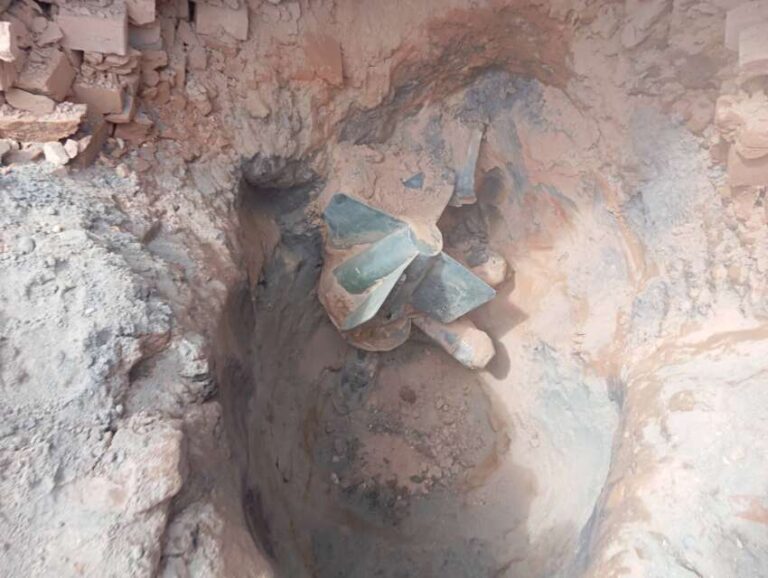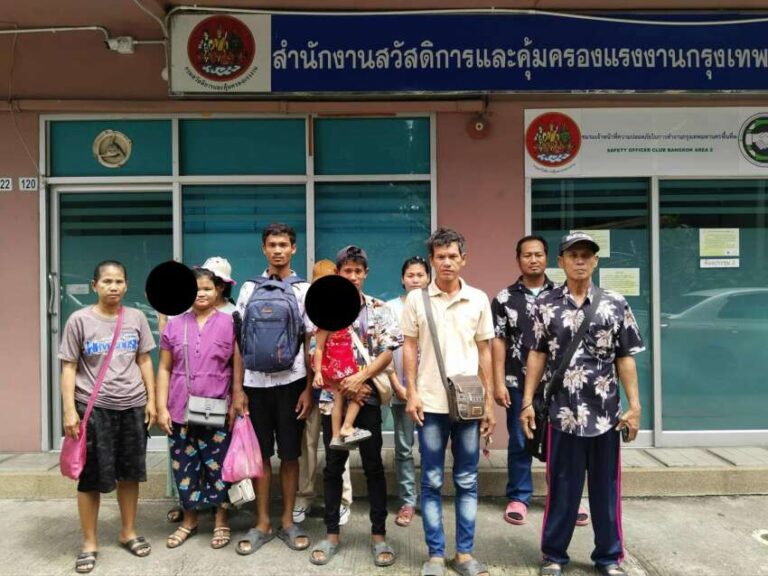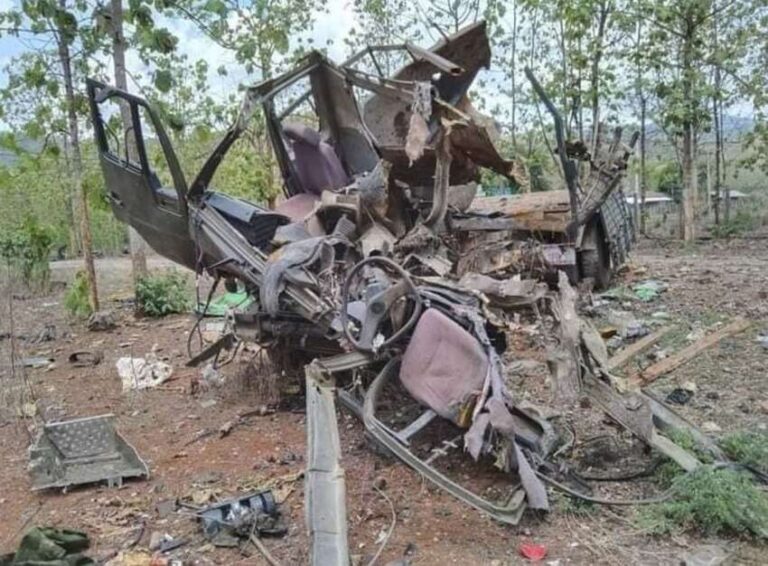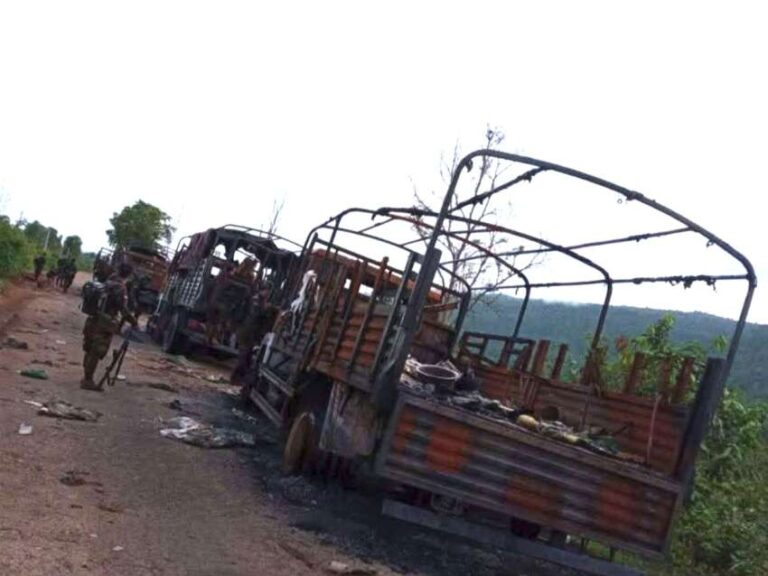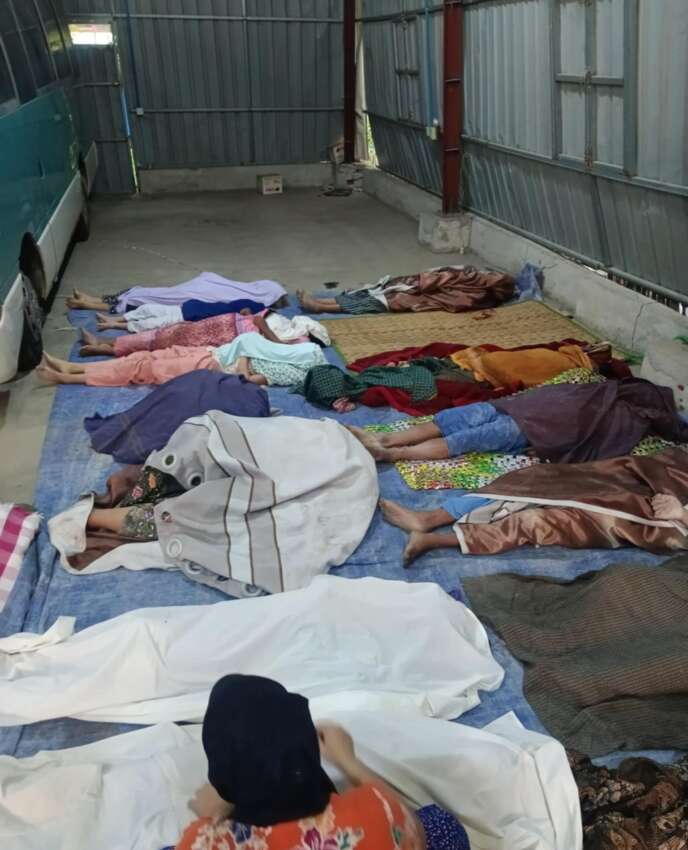
The city of Sagaing suffered severe damage from an earthquake on March 28, resulting in numerous buildings collapsing and casualties. As of March 30, rescue teams have faced significant difficulties in reaching affected areas and searching for trapped victims. Only municipal authorities and local rescue teams are currently clearing the debris in Sagaing city. According to one ward-based social welfare group, rescue teams from other areas have been unable to arrive, and existing teams must divide their efforts among different villages. Reports indicate that 164 bodies have been cremated due to the earthquake in Sagaing.
Sagaing Hill has experienced extensive earthquake damage that remains uncleared. The new Sagaing Bridge only allows passage for private cars, three-wheelers, and motorcycles, while cargo trucks remain stranded. Even buildings that have not collapsed are deemed unsafe for habitation. In terms of relief efforts, the Red Cross is distributing meal packages, while municipal authorities and local social welfare organizations are handling debris clearance. The military council has implemented road closures and movement restrictions, requiring even hospital staff to show identification. Military forces have cordoned off severely damaged areas with police, army, and militia members, treating the situation like routine cleanup operations.
The military council has deployed approximately 70 personnel, including soldiers, police, and militia members, throughout Sagaing city for security purposes, but they are not participating in rescue operations. Their actions appear focused on concealing the truth and manipulating damage reports rather than providing assistance. About 80 percent of Sagaing city has been affected by the earthquake, and civilians live in fear of the military forces. People who want to help with rescue operations face obstacles due to threats from military council forces.
The military presence has created significant barriers to effective rescue and recovery efforts, with checkpoints and restrictions hampering the movement of aid workers and supplies. Local rescue teams must operate under challenging conditions, balancing the urgent need to help earthquake victims with the constant threat of military interference. The situation highlights the additional challenges faced by disaster victims under military council control, where security measures often take precedence over humanitarian needs. The lack of coordinated, professional rescue efforts has left many areas without adequate assistance, forcing local communities to rely primarily on their own limited resources for recovery efforts.
